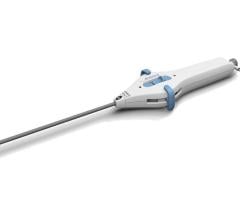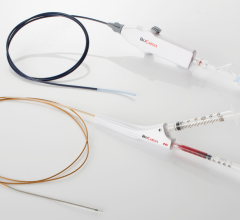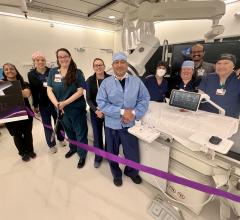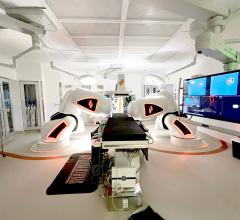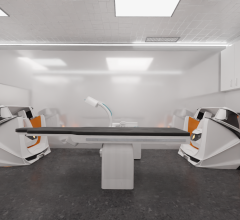
July 28, 2015 — Biotronik announced the first patients have been successfully implanted with Itrevia HF-T QP cardiac resynchronization defibrillator (CRT-D) devices. Itrevia HF-T QP includes the Closed Loop Stimulation (CLS) algorithm, capable of appropriately adapting heart rate in response to physiological demands independent of body movements or respiratory rate.
Itrevia HF-T QP was recently approved by the U.S. Food and Drug Administration (FDA) for use with IS4 compatible left ventricular (LV) leads. The CRT-D device has a quadripolar header, which gives more LV pacing options to optimize the CRT therapy.
"This device meets standards of other devices in the market and then adds CLS," said Alexander Mazur, M.D., clinical associate professor from the University of Iowa in Iowa City. "My patients with heart failure have greater risk of falling due to the incidence of orthostatic hypotension and it is beneficial to have the option of using CLS to treat them."
Orthostatic hypotension occurs in 30-50 percent of elderly patients with disease or medication risk factors and is associated with falls, syncope and hospitalization. The CLEAR study shows a 75 percent reduction in the prevalence of orthostatic hypotension with the CLS algorithm compared to an accelerometer, which most other CRT-D devices use. Accelerometers are mechanisms that sense physical activity and require patients to be in motion before increasing their heart rate.
Yet, patients need appropriate rate response regardless of whether they are actively moving or completely still. CLS mimics the human nervous system more closely, responding to the patient's metabolic changes and acute mental stress and adjusting the heart rate without relying on motion, as an accelerometer does.
Similar to Biotronik's Itrevia ICD and CRT-D series, released earlier this year, Itrevia HF-T QP includes additional advanced therapies: morphology discrimination, atrial capture control, improved ATP optimization and more LV pacing vectors. Combined, they deliver more effective therapeutic options while reducing unnecessary shocks.
For more information: www.biotronik.com


 April 29, 2025
April 29, 2025 


